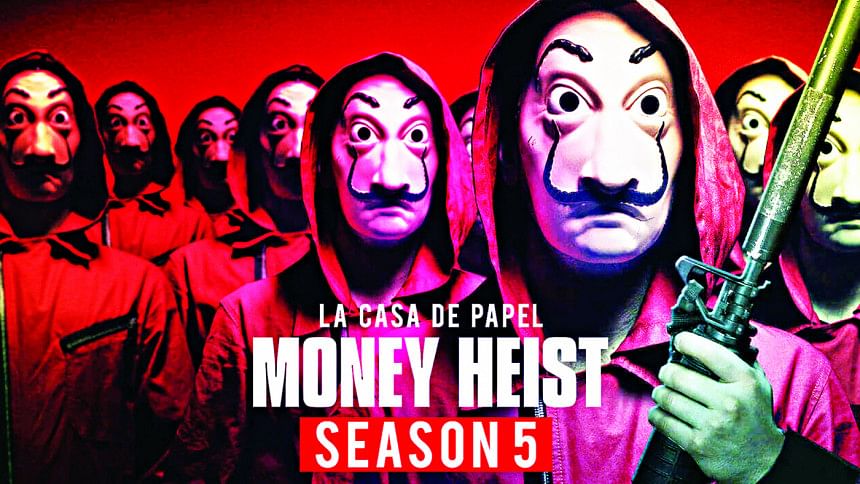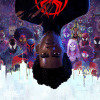Money Heist: More than meets the eye

Money Heist has become one of Netflix's most popular non-English shows, which started airing in May 2017, and with a new season premiering on 3 September. Some trademarks of the show include the song Bella Ciao by Manu Pilas and of course, the iconic red jumpsuits and the Dali masks. So, what do the masks and red jumpsuits mean?
Revolution and resistance are key themes in the show. The heists are symbolic of resisting the money-centric institutions and making a statement against a capitalist regime.

The Salvador Dalí masks are symbolic of resistance and national pride which resonates throughout. Dalí is undoubtedly the most prominent figure of the early 20th century's Surrealist movement, a movement which sought to disrupt the norm. His work and use of symbolic motifs, unusual techniques seeking inspiration, signature flamboyant dandy dressing style, rebellious academic career, are some attributes of artists which had disrupted social norms and conventions.
Dali also often articulated opinions which caused provocation — when he expressed an unusual infatuation with Adolf Hitler, the far left leader of the Surrealist group Andre Breton, quickly expelled him from the society. Being involved in further scandal, Dali was soon a social outcast and rejected by his family like our bank robbers.
But why Dali and not any other artist?
Although the Surrealist movement is usually associated with France, Dalí himself was Spanish and had spent quite some time living in Spain. Like all Surrealist art, Dalí's work was inherently rebellious in that it delved into the metaphysical realm of art and the human consciousness. His audacity and rebellious attitude towards art and politics set him apart. Just like the robbers and their red jumpsuits in Money Heist, Dalí has become a symbol for revolution.
The red jumpsuits in Money Heist are also heavily symbolic. The colour red is bold and often associated with resistance. Being the colour of blood it also bears symbolic connotations of violence and passion. Red flags are also commonly associated with revolutionary movements in real-life and in fiction — for example, in Les Misérables.

In the series, the professor, the mastermind who calls all the shots, states in season 1 that the group is not merely targeting the Royal Mint for the money but it was an act of "resistance" against "the system." From the very beginning of the show, the robbers' ethos has always revolved around an element of revolution and resistance.
The colour red also bears national weight. The Spanish identity is a compelling aspect of Money Heist which makes the series appealing to international audiences. Red is associated with Spain for a myriad of reasons— it is one of the country's two national colours. Folklore suggests that this red in the Spanish flag comes from its national sport of bullfighting. Red is also the colour of Spain's signature spices, saffron and paprika. Taking all these connotations into account, the red jumpsuits celebrate the Spanish identity but also stand against the unequal capitalist system.
With the last season ending on a cliff-hanger, how the masks and red jumpsuits will resurface in its iconic and symbolic stance is anyone's guess. Perhaps the professor's ingenious plan of exposing the unjust loopholes and inequalities will convince Alicia Sierra to switch sides like Raquel Murillo, or will this be the end of the professor's grand endeavour and Tokyo's turn to lead the revolution — there's no guessing what the show has in store for audiences.

 For all latest news, follow The Daily Star's Google News channel.
For all latest news, follow The Daily Star's Google News channel. 








Comments